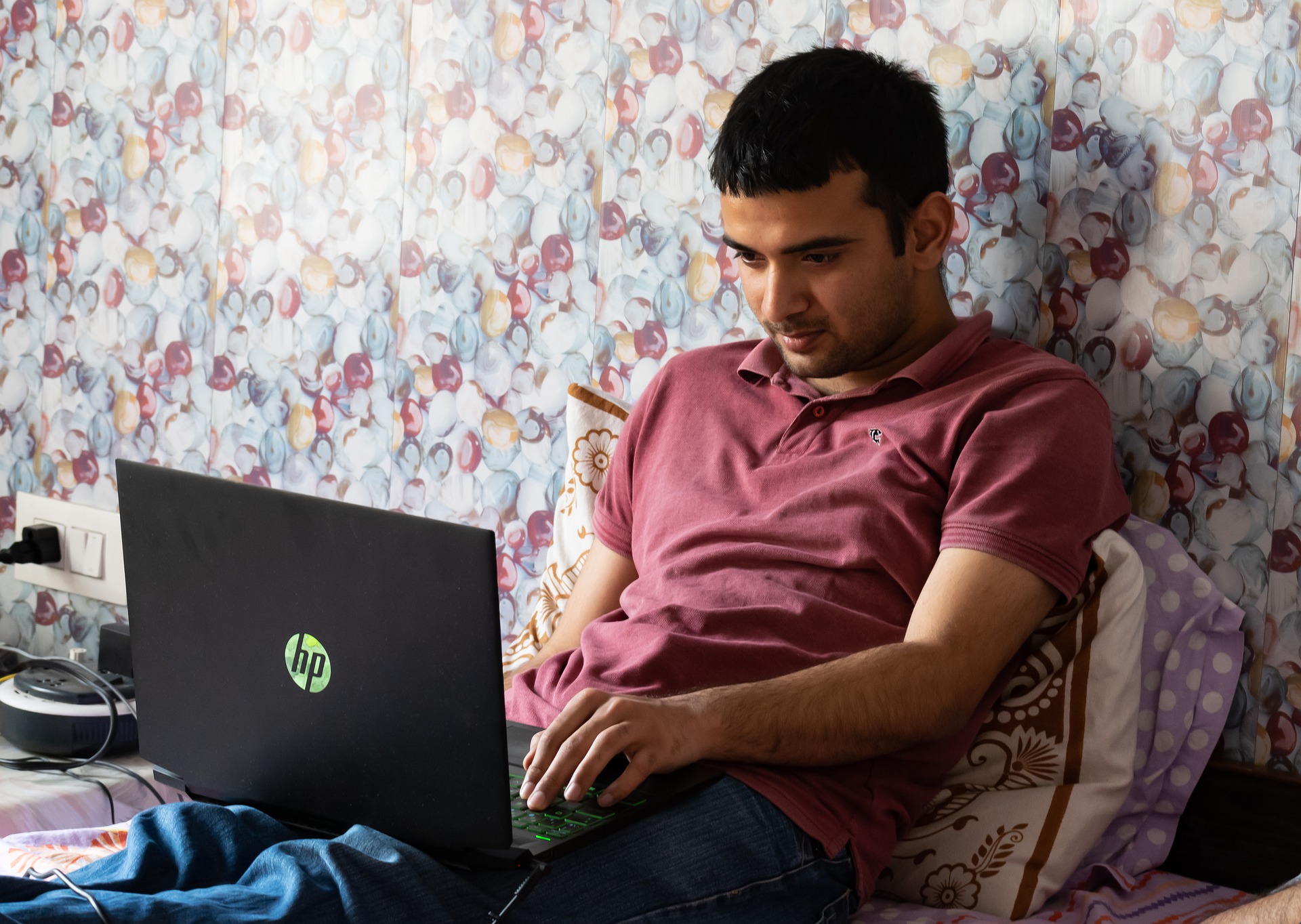What is tech neck?
“Tech neck” is the pain and stiffness caused by the stress on the neck muscles that comes from long periods of screen use. Whether you’re looking at phones, tablets and computers, your neck muscles may stay contracted in one place for hours, unless you take exercise to correct your posture.
When you consider that the weight of a human head can be 10-12lbs, you realise just how hard your muscles and ligaments work when held in a forward slumped posture. With recent lockdowns meaning many more people working from home, often leaning over a laptop or sitting on the sofa, it’s not surprising that neck and shoulder aches are becoming more common.
Over time, stressed muscles lay down extra tissue to reinforce and support these poor postures, and these tight spots can feel tender when palpated. They also refer pain to surrounding areas.
The result? Headaches, neck spasms and aching shoulder joints.
Three ways to ease tech neck
Does this sound familiar? We asked physiotherapist Annemette Jepson, who works from our Cambridgeshire clinic, for her top exercises for posture that ease the pain of tech neck.
1. Break it up
Introduce regular short bursts of aerobic activity between long periods of sitting. For example, you could do some light walking, moving around the house, gentle cleaning or gardening. Try setting an alarm to remind you.
Not only will it allow your spine to realign, these exercise breaks will also improve your circulation and relieve any built-up stress. Aerobic activity sends oxygenated blood to tired muscles and flushes away the chemicals that cause inflammation and pain.
2. Stretch it out
Sitting forward from the back of your chair, point your thumbs toward the ceiling and open your arms out to the side till you feel a stretch in the front of your chest.
Make sure your shoulders are back, and down. Aim to switch on the muscles between your shoulder blades by gently drawing them together. You should not feel pain or tingling in your arms.
Hold the stretch for 20 seconds and repeat three times.
3. Soften it up
Make sure your chair has good lumbar support and lean back as much as you can while working. This takes the pressure off your neck muscles and relieves the strain.
Feel the difference for yourself; put your hand on the back of your neck as you lean forward to feel the neck muscles contract and stiffen. Then as you lean backward, feel them relax and soften.
See a physiotherapist for pain relief
If you continue to experience neck and shoulder pain, do book an appointment to see Annemette Jepson, a Chartered Physiotherapist who works from our Cambridgeshire clinic.
With long experience in diagnosing and treating joint and muscle problems, Annemette will work with you to design a bespoke exercise programme that addresses your specific problem.

